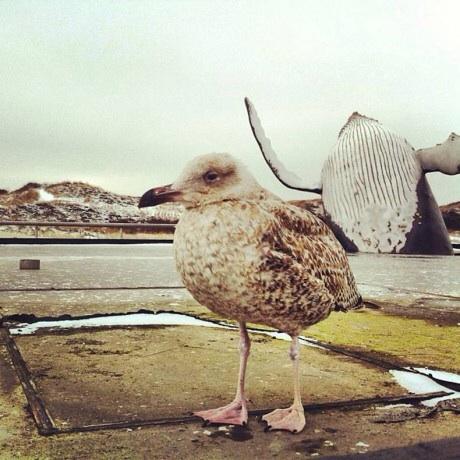BoraZ has done another of his magisterial overviews of the blogosphere, this time focusing on the state of blog commenting. It’s an interesting picture that I mostly agree with, but some of it not — partly because he’s making a general survey, and Pharyngula is a weird beast. This bit I’d like to tattoo on a few people’s foreheads (backwards, so they could read it every time they looked in a mirror.)
Free Speech is a very American concept. Most of the other 200 nations on the planet do not provide constitutional protection of free speech. And Internet is global.
And even within the USA, the concept of free speech does not mean everyone has the right to say everything everywhere. It does not mean you have the right to say your stuff on my blog. It means you have the right to start your own blog. Just because I have commenting functionality on my site, does not mean you have the right to post whatever you want on it. Every host of every site has the right to delete, edit, or modify any comment in any way, to ban users, and to implement whatever moderation norms and techniques one wants.
Commenting is a privilege, not a right. You have to earn it.
That should be easy to understand, right? Yet there are so many people who wax indignant at the thought that I might actually tell them to go away.
But there are other things that I found odd. He claims blog commenting is down overall; I haven’t seen that at all. Commenting keeps sliding upwards here.
There’s also this, again a generality that may not apply everywhere.
While early bloggers were generous, giving their rare online spaces up to public discussion, there is no need to feel so generous any more. Starting one’s own blog is easy these days, and ranting on social media is even easier. There is plenty of space for people to discuss stuff, and that does not have to happen on your site – the era of such generosity is mostly over, and most veteran bloggers have severely tightened their commenting rules over the years.
I’m a veteran blogger, I think, and my rules haven’t changed substantially over time. I’m not banning more people or editing more comments; if anything, as a proportion of comments made, I’m doing less of that.
I also don’t think that tightening up commenting rules is detrimental to the quantity of comments. One thing I’ve done that complicates his analysis is that Pharyngula has evolved to have one social thread that is more heavily moderated (and just the existence of dedicated social threads may confound some of his interpretations), and another that isn’t moderated at all, that I actually encourage annoying pests to infest. I think those contribute to overall activity that spills over into other threads, and vice versa.
A relevant datum here, though, is that the moderated thread is much, much more active than the openly unmoderated thread, usually. Sometimes the jerks are just wearing, and having a thread where they’re excluded can be enabling to more discussion.
Also, one obvious point: science posts get fewer comments than other kinds of articles. I think that’s because they require more specialized knowledge to assess; maybe Bora is seeing a decline in the science blogs he reads because the ecosystem is shaking out, and people are specializing more — many blogs are less widely discursive now, and that’s another area where Pharyngula is weird. I’m just as scattershot and flibbertigibberty as ever.
The threads that go on the longest are the ones where some obtuse nitwit comes in and stubbornly sticks to some stupid point, and everyone has to show up and take a whack. I’m often told that controversy draws in more traffic; I disagree there, I think good writing and provocative thinking contribute far more, but I know that controversy definitely stirs up more community engagement, which can lead to the formation of a solid base of readers. And yes, that’s another place where Pharyngula is deviant relative to other science blogs out there. Kids nowadays just seem reluctant to pick a fight.


